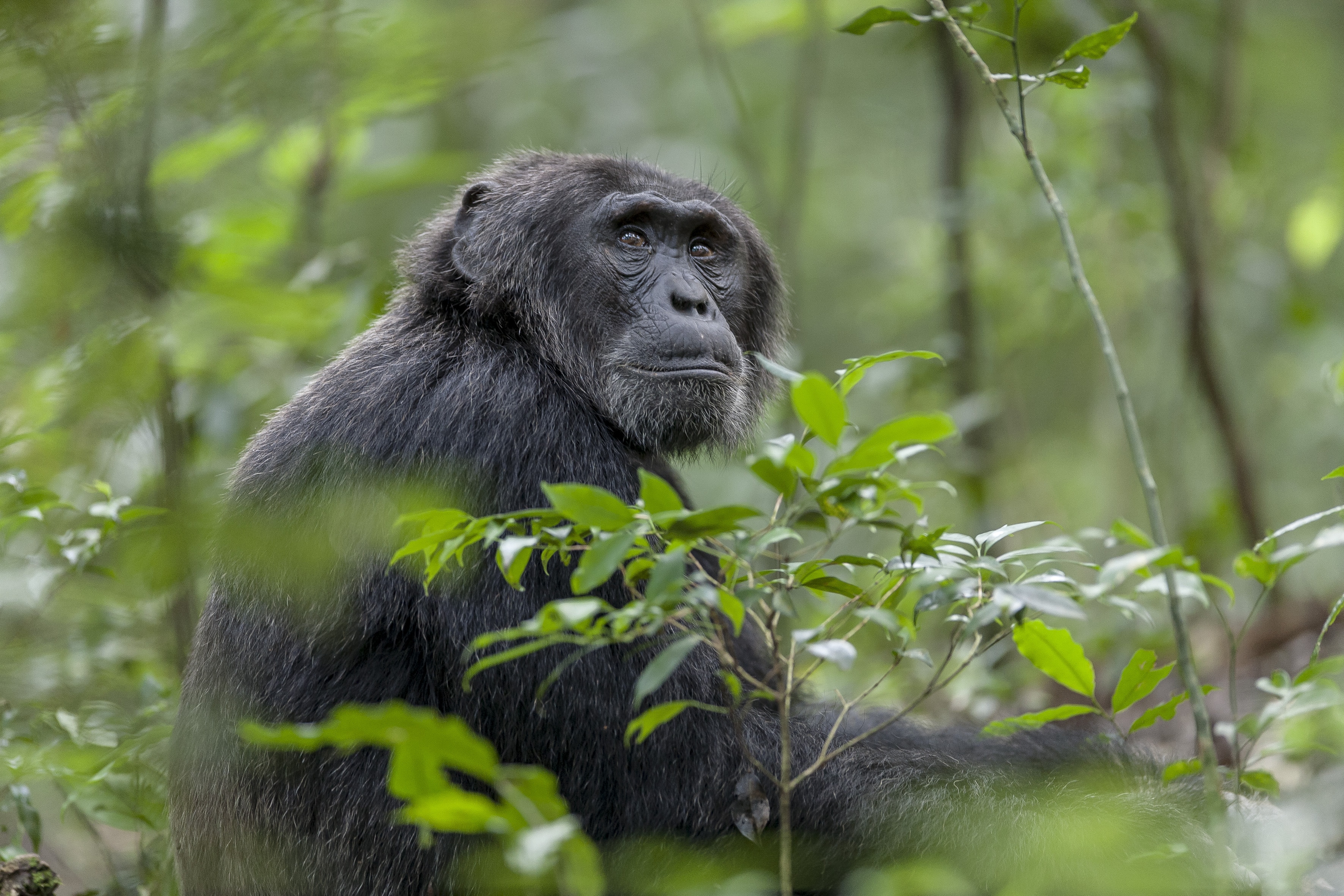- Threatened species conservation
- Bénéficiaire SEKAKOH
- Montant du projet 91 173 €
- Subventions FFEM 44 000 €
-
État du projet en cours
The Kom-Wum Forest Reserve (KWFR), located in the centre of the North-West region of Cameroon (500 km from Douala and 50 km from Bamenda), is home of six species of monkeys, one species of great apes, four species of galagos and two species of pottos. Amongst these taxa, six are regionally endemic and five integrally protected by the Cameroonian Wildlife Law. In 2011, in a regional action plan for the conservation of Nigeria-Cameroon chimpanzees (Pan troglodytes ellioti, EN), KWFR was mentioned as a priority conservation site for this chimpanzee.
Since the publication of this document, more research have been conducted (notably by the Ellioti Project & SEKAKOH) and proved the presence of not only chimpanzees (maybe two distinctive groups) but also of six species of monkeys (including the Endangered and endemic Preuss’s monkey, Allochrocebus preussi) and six species of nocturnal primates (four galagos and two pottos). The survival of primates in this site is probably due to the difficult terrain of KWFR which lies between 700 and 1 300m of elevation, and the relative small communities living around (a total of less than 8 000 souls for 5 neighbouring villages). Signs of red river hogs (Potamochoerus porcus) and different species of duikers were also noticed recently. The birdlife has not been formally studied but the presence of the great blue turaco (Corythaeola cristata) and the black-an-white hornbill (Bycanistes subcylindricus) has been verified. As the Bamenda Highlands are known for its agriculture importance in Cameroon, much of the region’s arable land has been turned into small or large scale plantations or pasture lands.
A set of forest reserves has been created in the last century to protect natural habitats but due to poor management, most of these protected areas have been neglected. As a consequence, the megafauna (African elephant Loxodonta africana, African buffalo, Syncerus caffer, hippopotamus, Hippopotamus amphibius) is now believed to be extinct, and the original lowland, sub-mountain and mountain forests are highly threatened. There are threats also due to hunting, as well as the not managed harvesting of Non-Timber Forest Products (NTFPs). This project will be undertaken by 2 local NGOs (SEKAKOH and SURUDEV) in close collaboration with the council of Fundong.
SEKAKOH was created in 2015 with the main mission of conserving natural habitats and the wildlife while SURUDEV was created in 2007 to bring sustainable development intitatives in Cameroon. Indeed, as the Cameroonian Ministry of Forests and Wildlife (MINFOF) is willing to give the ownership of the land and management to the local councils, KWFR is in the process of being handed over to the Councils of Fundong (80% of the land) and Wum (20%). The Council of Fundong already initiates the writing of a management plan. The project site, (about 8 500 ha) called the Kom Forest, includes the part of KWFR within the Fundong Council and 4 villages around. This project seeks to preserve the natural habitat of Pan troglodytes ellioti in the Kom Forest and to support the improvement of territory governance through a support to the management of this Protected Area by the local council of Fundong and to the creation of the Kom Communal forest.
